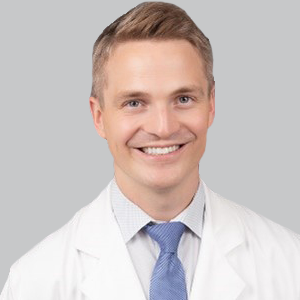Commentary
Video
Understanding Lennox-Gastuat Syndrome on LGS Awareness Day: Melanie Huntley, PhD
Author(s):
The data scientist at Roche and mother of a child living with Lennox-Gastaut syndrome, provided insight on areas of the disease that need greater recognition, as well as an overview of how the disease is currently treated. [WATCH TIME: 4 minutes]
WATCH TIME: 4 minutes
"What most people don't realize is that, while there are medications on the market for LGS, many individuals with LGS are still suffering from daily uncontrolled seizures. These seizures can strike at any time, causing falls, injuries, and even choking, requiring caregivers to be constantly ready to respond."
Lennox-Gastaut syndrome (LGS) is a rare and severe form of epilepsy, affecting about 1-2% of all epilepsy cases. In the United States, this translates to roughly 14,000 to 18,000 children and adults living with LGS. The disease typically begins in early childhood, often between the ages of 3 and 5 years, although cases in older children and adults can occur. It affects both boys and girls, but studies indicate a slight male predominance.
LGS can result from various causes, including genetic mutations, brain malformations, brain injuries, or infections; however, in many cases, the exact cause remains unknown. The disease is considered lifelong, although some symptoms may improve in adulthood. About 80-90% of individuals with LGS continue to experience seizures in adulthood, often with additional physical, mental, and behavioral challenges. Due to the frequency and unpredictability of seizures, as well as the need for constant supervision, caregivers for patients with LGS will often experience high levels of stress and require strong support systems.
In honor of International LGS Awareness Day, held November 1st each year, NeurologyLive® sat down with Melanie Huntley, a data scientist at Roche and mother of a child living with LGS. In the discussion, Huntley described the significant challenges and unmet needs surrounding LGS, both for patients and their caregivers. She spoke on the treatments currently available to patients, and the need for greater awareness around these options. Furthermore, she stressed the need for greater public and clinical awareness for patients’ multifaceted needs and the profound caregiver burden associated with this lifelong condition.




